Does anyone else ever look in their kid’s room and think “this room is bursting at the seams, there is literally no room for ANY MORE TOYS”? Or is it just me? Toys, or objects that can be used as a toy, play a central role in the development of our children. They encourage play on all levels, which helps our children learn developmental, social and emotional skills. One toy, in particular, can often become the loving object that helps a toddler separate from the key caregiver. This toy (often a teddy or blanket) is known as the transitional object (Winnicott, 1953). A child forms a persistent attachment with this toy and nothing can replace it (hands up who’s child has lost their transitional object and no other (even if identical) is ever the same?). There is something about this toy into which the child puts their utmost trust and makes them feel safe when their caregiver is not there. This is probably the most important toy your child will ever have and it is so important for us adults to get to grips with its true meaning. My transitional object was a little rag doll named Susie. At my wedding, my dad told the famous story of how I lost her one night and would NOT go to sleep until she is found. This important toy goes back generations and is not one to be dismissed or taken lightly!
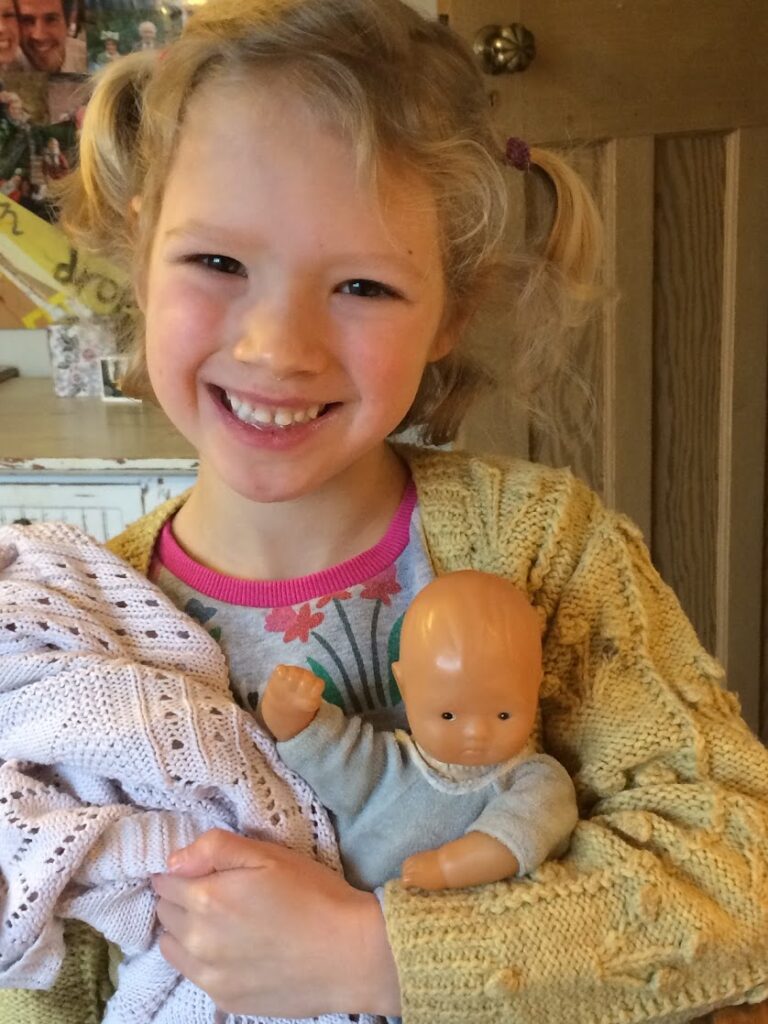
However, these days the world is so full of toys it can become overwhelming for both our children and ourselves. Where do we start? What toys should we encourage our children to play with and what toys should be left on the shelf? As play therapists, we generally kit out the playroom with some specific toys. Play is the way a child expresses themselves before they have language competent to do so and social skills to read and understand situations and feelings. In the playroom, it is important to have toys that maximise expression. In his book The Art of the Relationship, Garry Landreth suggests the type of toys you might find in a playroom. For example, toys the allow expression of a wide range of feelings (such as puppets), toys that allow exploration of real-life experiences, (such as a medical kit, kitchen set, cash register, or dolls), toys that allow limits to be tested safely and an understanding of self to develop (such as dolls, a bop bag (something physical), toy weapons (non-realistic), soldiers, dinosaurs/wild animals), expressive toys (such as playdoh, sand, water, paints, craft. – toys where there is no right or wrong way to use them). It is helpful to have a wide range of toys available but I am also a firm believer in the ability a child has to use their imagination to create what they do not have.
Toys allow a child to experiment in the safety of play so that when they face similar situations in real life they have an idea of how it might go. In play, the child can take control of the situation and as the therapist offers understanding and acceptance, the real-life situation suddenly feels a lot more manageable. Landreth gives a lovely example of a child reenacting a situation with a toy. The outcome being that the child realises if they were to treat a fellow peer in the way they have the toy, the peer would be hurt. The toy has acted as a vehicle of expression as well as a teaching object.
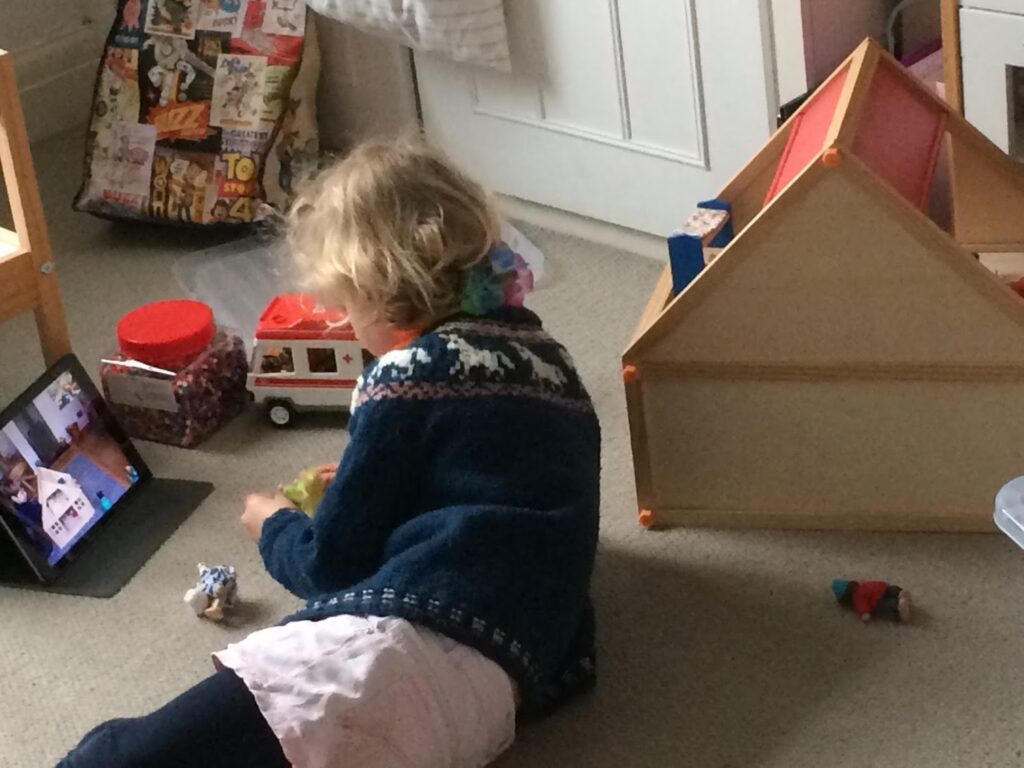
Zoom play with cousin 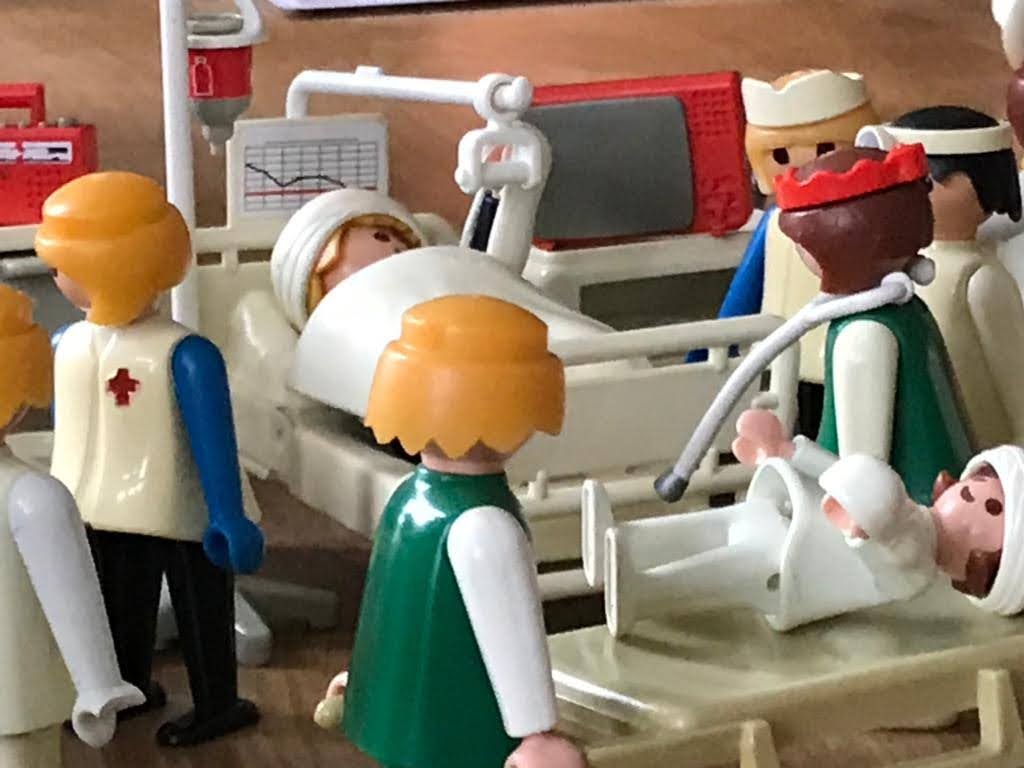
Granny and Pop zoom play
Play is also a place where children have the opportunity to regress. This means they may play younger than they are. A child must be allowed to do this to enable them to fill in gaps or make sense of experiences they don’t feel they can fully grasp. If a child regresses regularly it might be worth exploring the themes of their regressed play and if there is anything that triggers this play.
I could go on and on (talking about play is one of those things that I find hard to stop talking about!), but I am aware I have already outlined a lot of information and probably made the next trip to ToysRus (are they still in business? The one in Cardiff is now a massive vaccination centre!) a living nightmare! So to close, I will leave you with this…toys should be something that allows a child to “be”. They need not be prescriptive and ought not to give the message “be careful with me”. If a toy is easily broken, it doesn’t allow the child to play with it in the way the child needed to! Yes, we should teach our children to be respectful and look after their things, but we also need them to be expressive in play’s safe realms. If a child cannot bash an action man to the ground without his arm falling off, what can the child use to express frustration or injustice? Surely, we’d rather it was the toy than aimed at ourselves? Toys do not need to be elaborate but instead allow for the imagination to grow and develop.
So much research has gone into the development of toys, I feel one little blog can hardly do it justice. There are so many more categories I haven’t even touched upon here – such as teaching/learning toys, outside games, board games, musical toys and not to forget computer games. If you are interested to hear more, do drop me a message and I’ll expand in another blog. But, for now, enjoy watching your children play. It is a gift and brings them life.
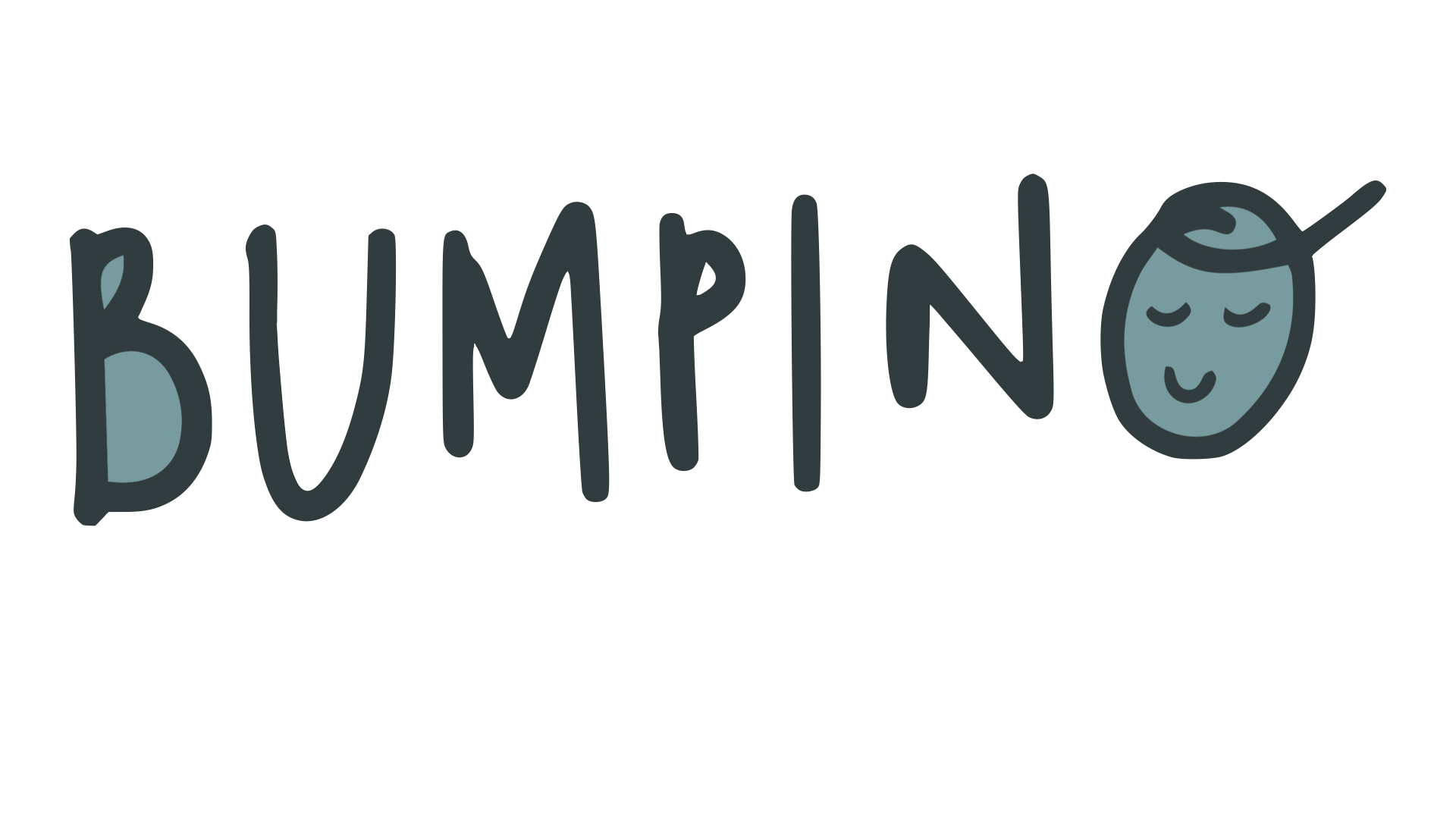
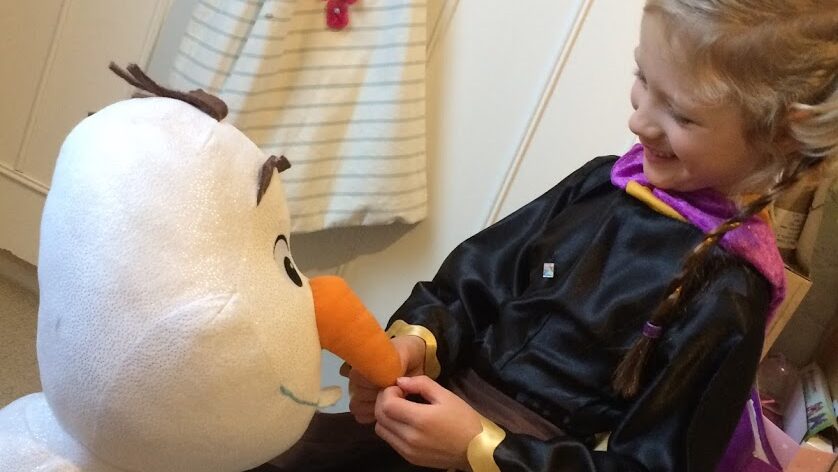
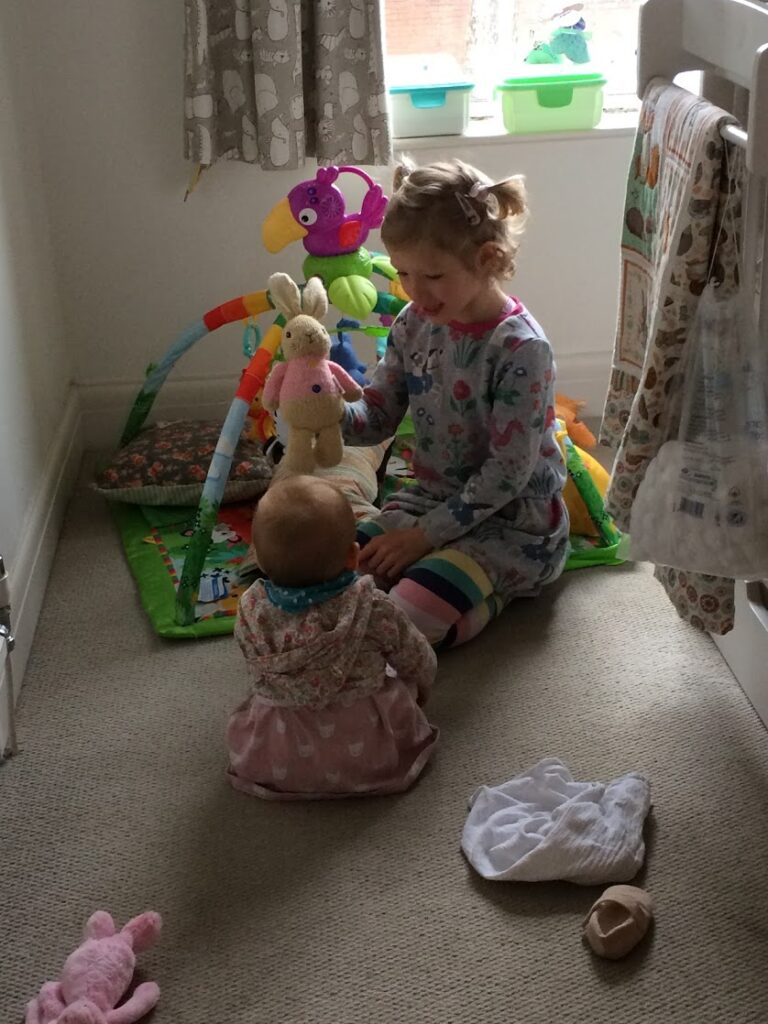
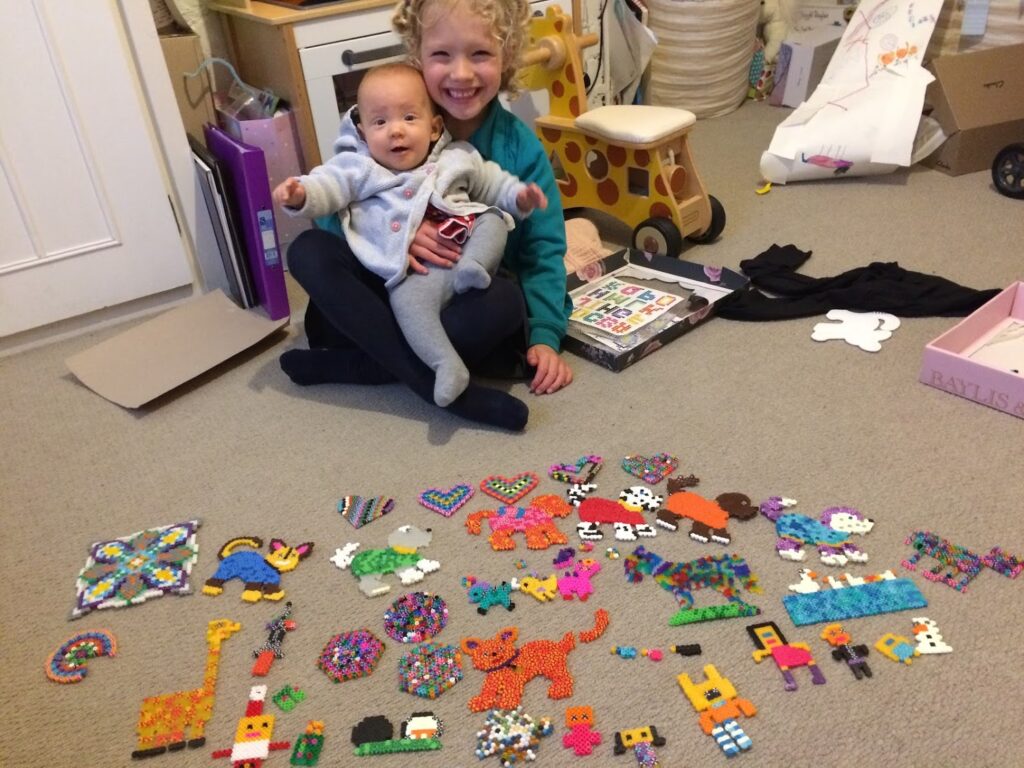
2 thoughts on “You’ve got a friend in me”
Your blogs are maturing, Rachel. As well as heart-warming this is also a very well written piece.
I was in Devon yesterday with Stu planning a youth outward bound week for August. Your paragraph on regressing especially caught my eye – one of the most rewarding moments of youth work is when we provide opportunities for them to regress in play. Watching the joy in their eyes as they forget to be sophisticated and just play is a tonic to me as well as them.
We have been offered the use of a series of fields, with woods, open grass, river banks and a large pond and we were imagining and planning the activities (and considering the risk assessments!): raft and zip wire building ending up getting wet, stealth games and wide games, making and cooking in our own pizza oven using clay from the fields, night and day hikes over Exmoor with all the Lorna Doone stories. We realised what a great men’s weekend the site would make – regressing into play is helpful in adults too!
Sounds like a LOT of fun!!
Comments are closed.